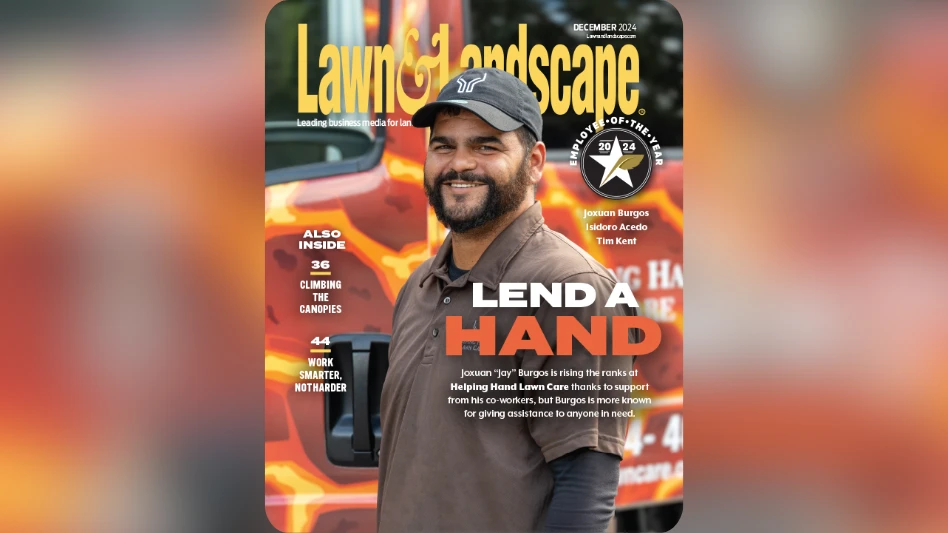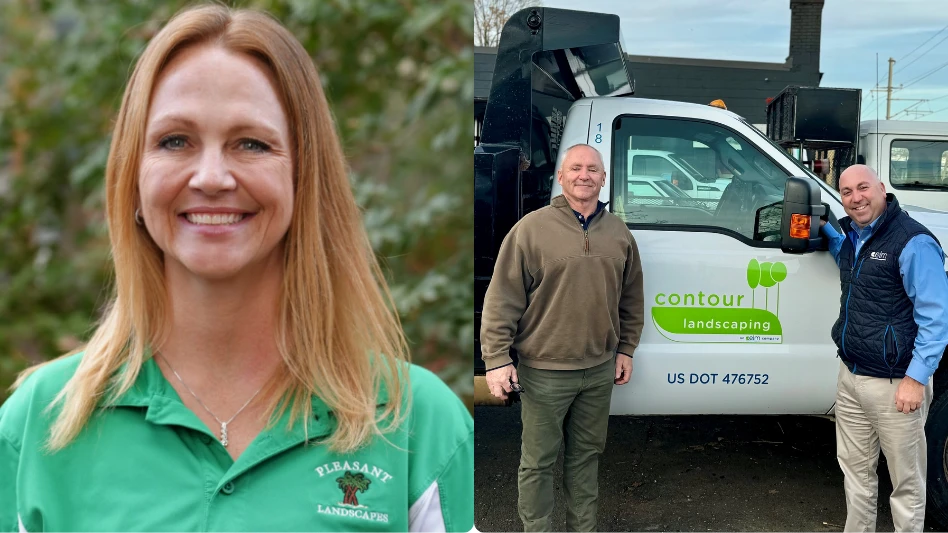
All Paul Fields needed for entertainment as a child was an Etch A Sketch and tiller. But it was his mother’s taste in magazines that really got him thinking about a career in landscape architecture.
One day after school in the mid-1980s, Fields came home and picked up a copy of his mother’s Southern Living magazine. He came across an article about a garden that was designed by a landscape architect.
A landscape architect?
Fields had no idea what those two words together meant, but they combined two hobbies he loved: drawing and working in gardens.
“I did a little more research and found out there was actually a career called landscape architecture,” says Fields, who is president and director of design at Lambert Landscape Company in Dallas.
“The next year, senior year, I started looking at possibilities of different universities that offered degrees in landscape architecture and ended up suddenly at Mississippi State getting my degree in landscape architecture.”
What started out as fun stuff for a kid turned into a storied career in the landscaping industry where he took a well-established company and made it even more successful. “Lambert’s had been there a long time, but when Paul came along they really went to the next level,” says Michael Hatcher, owner of Hatcher Landscape in Memphis, and a friend of Fields.
“He really took the company to the next level with the clients and the designs that he had put together.”
Dirt and drawing
For as long as Fields can remember, he loved drawing and wanted to be an architect.
As a first-grader, he loved drawing floor plans and buildings, and would use an Etch A Sketch to create the drawings. Fields was so proficient at using the Etch A Sketch as a first-grader that his parents would want to save them.
“I remember drawing a full three-dimensional rendering of the family room of my parents’ home and them just being amazed,” he says. “They put it up on the mantle and wouldn’t let me touch it.”
When he wasn’t sketching away on his toy, he was helping his grandfather, who was a farmer, and his father, who grew up on the farm, with landscaping and gardening projects.
“My grandfather gave me his old tiller,” he says. “I can remember coming home from school and the first thing I would do – and the handlebars were about at eye level on the tiller – I could work and work and get it started, and loved to till the garden when I got home from school in first grade.”
As Fields got older, his love for both drawing and landscaping didn’t wane, but became more intense, especially after he realized he could make a career as a landscape architect.
In high school, he had a vision of owning a nursery and design/build firm, and while in college, he found that company already existed.
“I ran into someone from Lambert’s, got to talking to him, and he encouraged me to come over to their booth,” he says.
“And he told me more about the company, and I got this eerie feeling at the time. I'm like, ‘Wow. That sounds exactly like the company I've envisioned in my mind that I want to build.’”
After three internships with the company, Fields was hired full time, but little did he know those internships would eventually lead to becoming president of he company.
All eyes on you
Frank Mariani, owner of Mariani Landscape in Chicago, has known Fields for almost 25 years, and often refers to Lambert’s as “Mariani West” and vice versa.
Both companies service high-end clientele, and Mariani says Fields’ love for the industry, specifically landscape architecture is evident in his company’s work.
“His passion and his attention to detail are something that I find inspiring and hard to emulate,” he says.
“I remember drawing a full three-dimensional rendering of the family room of my parents’ home and them just being amazed. They put it up on the mantle and wouldn’t let me touch it.” Paul Fields, president and director of design, Lambert Landscape Company
“He will focus in on the most minute detail just to make a project perfect. It’s what takes a project from being very, very good to excellent.”
While that passion has helped Fields, who bought the company with two other partners in 2005, become a top-notch landscape architect, it has made the transition to president somewhat difficult for him.
“It’s been really challenging for me, primarily because I can’t focus solely on the thing I enjoy most, which is designing,” he says.
The biggest surprises he encountered when stepping into the role was how much money went to overhead.
“As an employee, you always look at what a company charges and think, ‘Oh, my gosh, the owners are making a killing,’” he says.
“But when you actually get into the nuts and bolts, so to speak, of the financial side of a business, it really shows you how there’s a small fraction of every dollar we earn that actually goes to the bottom line.”
There is always pressure to grow the bottom line and, as vice president, the spotlight wasn’t on him to make a final decision on how that can exactly be done.
“Everybody’s looking at you for direction, and sometimes you just have to admit you don’t always have the answer,” he says. “You have to start reaching out to different people that you know.”
That is one personality trait Mariani says serves Fields well in a leadership role.
“He’s not afraid to seek outside help and he recognizes where he is weak,” Mariani says.
“Any entrepreneur can gain from that because some entrepreneurs make the silly mistake of thinking they need to be all things to all people. I think the best entrepreneur is a team-builder.”
Being the boss
As if the pressure of making crucial decisions for the company wasn’t enough when transitioning to president, Fields also had to come to the realization that he was now the boss. “I try to approach everyone as a peer, but people look at you differently when you’re in the actual leadership role,” he says.
“I guess that was the hardest thing for me to kind of understand. I don’t know that I still fully get it or grasp it.”
Fields says it was easier to solve personnel or organizational issues when he wasn’t president because people were more open with him at the time and more willing to talk about the issues.
“Sometimes they’re not always as open or willing to admit there are issues or problems to somebody who’s in that leadership position,” he says.
So, he tries to take an employee to lunch on days that he doesn’t have something on his calendar.
“I love to eat, so it’s kind of a fun thing for me to get an employee away from the office and just talk a little bit about what’s going on in their life personally, but also delve into the professional side a little bit,” Fields says.
“It gives me a little better insight to the day-to-day goings on in the company, as well.”
Eventually, Fields would like to relinquish control of the day-to-day operations, while still designing and serving in a visionary role.
“Titles don’t mean much to me,” he says.
“I'd be perfectly happy if someone picked up the president title and ran with the running of the day-to-day business and allowed me to do those other things.”

Explore the October 2016 Issue
Check out more from this issue and find your next story to read.
Latest from Lawn & Landscape
- LawnPro Partners acquires Ohio's Meehan’s Lawn Service
- Landscape Workshop acquires 2 companies in Florida
- How to use ChatGPT to enhance daily operations
- NCNLA names Oskey as executive vice president
- Wise and willing
- Case provides Metallica's James Hetfield his specially designed CTL
- Lend a hand
- What you missed this week





